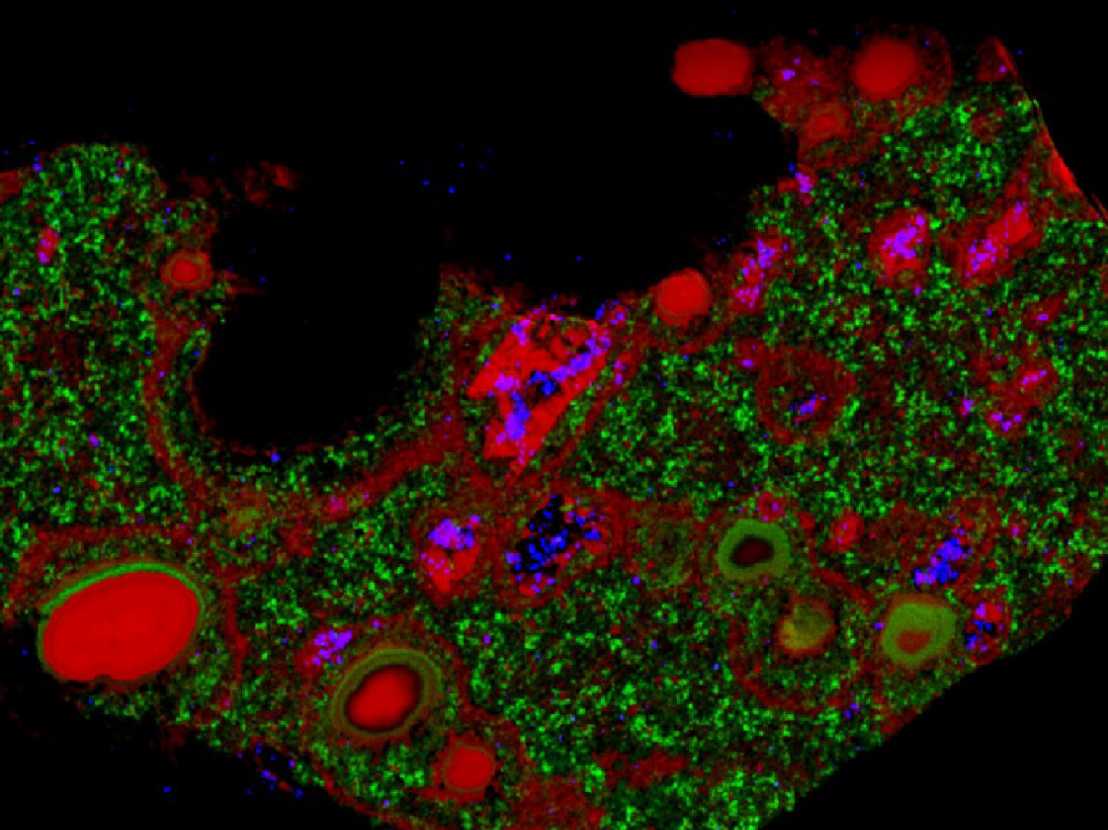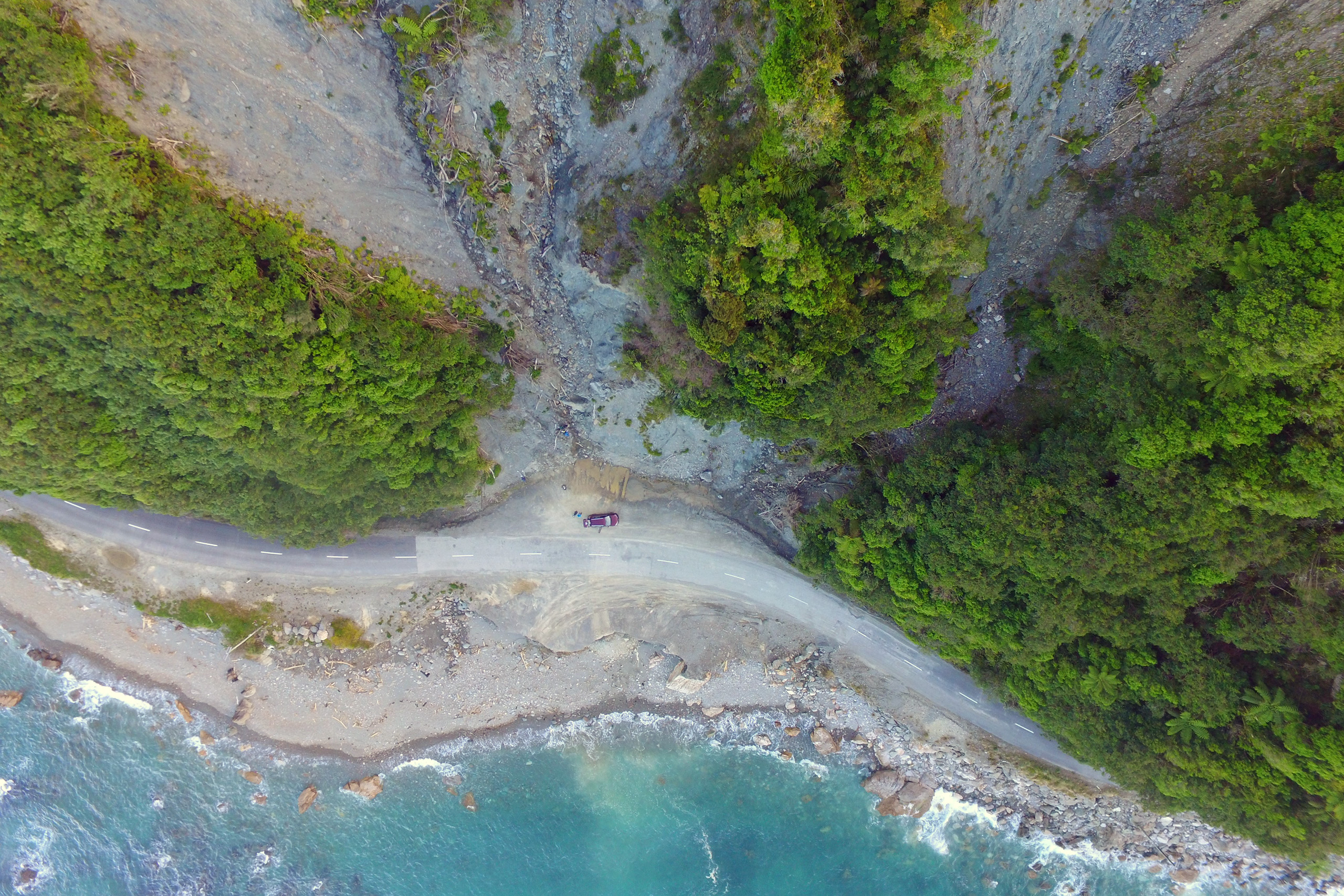Surface Earth Evolution
The Surface Earth Evolution group studies how geologic, climatic, and biologic factors regulate the chemical composition of the oceans and atmosphere throughout Earth’s history.
We are a multi-disciplinary group dedicated to understanding how Earth’s biogeochemical cycles evolve through time. Our work incorporates three central pillars that span several spatial and temporal scales:
Laboratory experiments and novel stable-isotope development

Much of what we know about past environments comes from proxy records, but our collective understanding of what controls these proxies is often incomplete. “Laboratory calibrations” are therefore crucial to confidently reconstruct the geologic past. Our group uses a combination of quantum chemical calculations, high-precision mass spectrometry, and laboratory incubation experiments to constrain how isotope signals – primarily those of carbon, oxygen, and sulphur – reflect various geologic and biologic processes. We are particularly interested in the interactions between mineral surfaces and their surrounding environment. For example, this includes understanding how short-lived reactive oxygen species drive redox reactions on pyrite grains, a process with implications ranging from the origin of life to modern oxygen and carbon dioxide budgets.
Field work in modern analog systems
We measure modern systems to gain “real-world” mechanistic insight into the biogeochemical factors that govern various isotope proxies and to understand how changes in these governing factors are recorded in geologic archives. This work is often focused on redox and weathering gradients in terrestrial landscapes – for example, groundwater and deep soil formation – and includes exotic systems such as acid-mine drainage and Rio Tinto (Spain) that may be analogs for weathering environments deep in Earth’s past. By strategically utilising natural gradients, we aim to isolate and constrain how geochemical processes such as rock weathering respond to forcings such as temperature, hydrology, and erosion rate.
Earth-history reconstructions

Using the insights gained from the laboratory and modern field settings, we apply these novel isotope proxies to geologic archives to reconstruct how and why climate, weathering, and the chemical compositions of the oceans and atmosphere have evolved throughout Earth’s history. This often involves working in close collaboration with field geologists.
Previous reconstructions include quantifying the severity of Neoproterozoic “snowball” Earth events using oxygen-isotope signals recorded in Mackenzie Mountain ironstone formations and discerning the ecological drivers of Mesozoic ocean anoxic events using molecular and carbon-isotope signals in marine sediments. Ongoing work is focused on understanding weathering responses in hyperthermal climates such as the Paleocene Eocene Thermal Maximum.
Contact
Evolution der Erdoberfläche
Sonneggstrasse 5
8092
Zürich
Switzerland

